The ultimate journey – homecoming, heroes and wholeness.
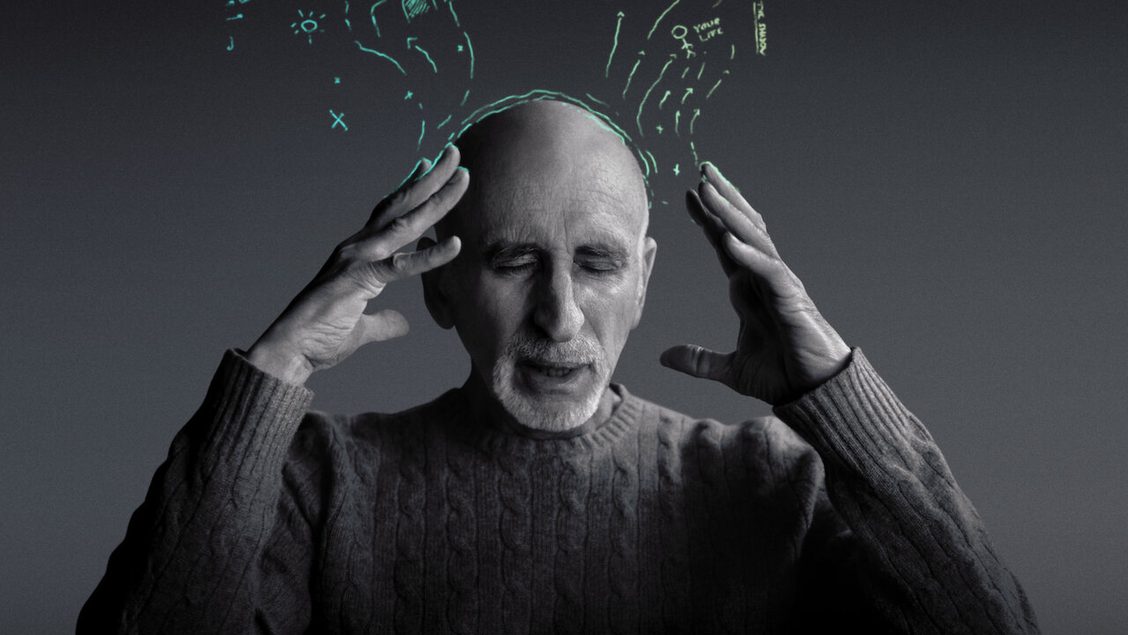
We made a trip to England in November. I call it home, despite living in Sweden for seven years. Every time we fly over London I get a prickling of emotion. There is just something about homecoming, familiarity, witnessing the time passing in the changing face of a familiar place where you are no longer a regular, and at the same time witnessing the change in your own amorphous sense of self. It’s all the same, but it’s all different.
During this trip, perhaps because of the intrinsically reflective time of the year, the theme of homecoming seemed to keep springing up, and alongside it the sister themes of displacement and wholeness.
So to this double edition: the hero’s homecoming and the ultimate, circular journey to your inner home.
In her article How to Go Home, Ellie Robins explores the hero’s journey. The classic hero’s journey (also known as the “monomyth”) goes in an arc: first there’s a call to action, then a life-changing journey, and finally a return home. The return is the monumental moment of the story – the hero realises or chooses the normality they left behind, but with an entirely different perspective on the world. They’re now wise, the master of two universes – inner and outer. This structure is seen in an endless number of stories throughout literary history – from The Odyssey to Jane Eyre to Star Wars. It plays into our instinct to see ourselves as the hero of our lives – the natural result of our single-pointed consciousness. We only really get to witness life through our own two eyes, and our whole life is a kind of hero’s journey.
Robins argues that the monomyth doesn’t sit right in a modern context. She considers how, on returning from a modern-day life-changing journey, people just expect you to be the same as before. And why shouldn’t they? And who are we to expect a hero’s welcome and shower of praise for our travelling experience/therapy breakthrough/new baby? Everyone is very busy getting on with their lives. Perhaps, she argues, the monomyth is the problem.
“Going home is hard, harder than it should be, because of the solipsism of believing there can be a single story, a single perspective. Because of what happens to societies that subscribe to that perspective, to the exclusion of all else. Because such myths of exceptionalism necessarily alienate people from themselves and others and the living world, our first and only home.”
The hero’s journey teaches something problematic. It’s a myopic lens on what it is to exist in the world with other people, other stories and our quotidian, vital ordinariness. It teaches us to celebrate triumph excessively, to think ourselves special and singly capable of extraordinariness. Robins suggests that the ubiquity of this story across hundreds of years of literature was the indoctrination that led to some of the worst acts of social injustice in history. It’s stories like this that could explain how a small, weather-beaten, war-torn island eventually became one of the largest colonial powers in the world.
“And what happens when a country built on this founding mythos, and on the trauma of repeated waves of colonisation, builds up some naval power of its own? It colonises a quarter of the world. It gets rich on the Atlantic slave trade.”
The real hero’s journey is returning home as the master of your own validation. If the hero returns from his escapade but needs the hero’s welcome to validate his experience, the journey is incomplete. Real mastery of inner and outer worlds creates the sage – free from validation, free from ego, free from the cycling need to be extraordinary. And that’s where home is.
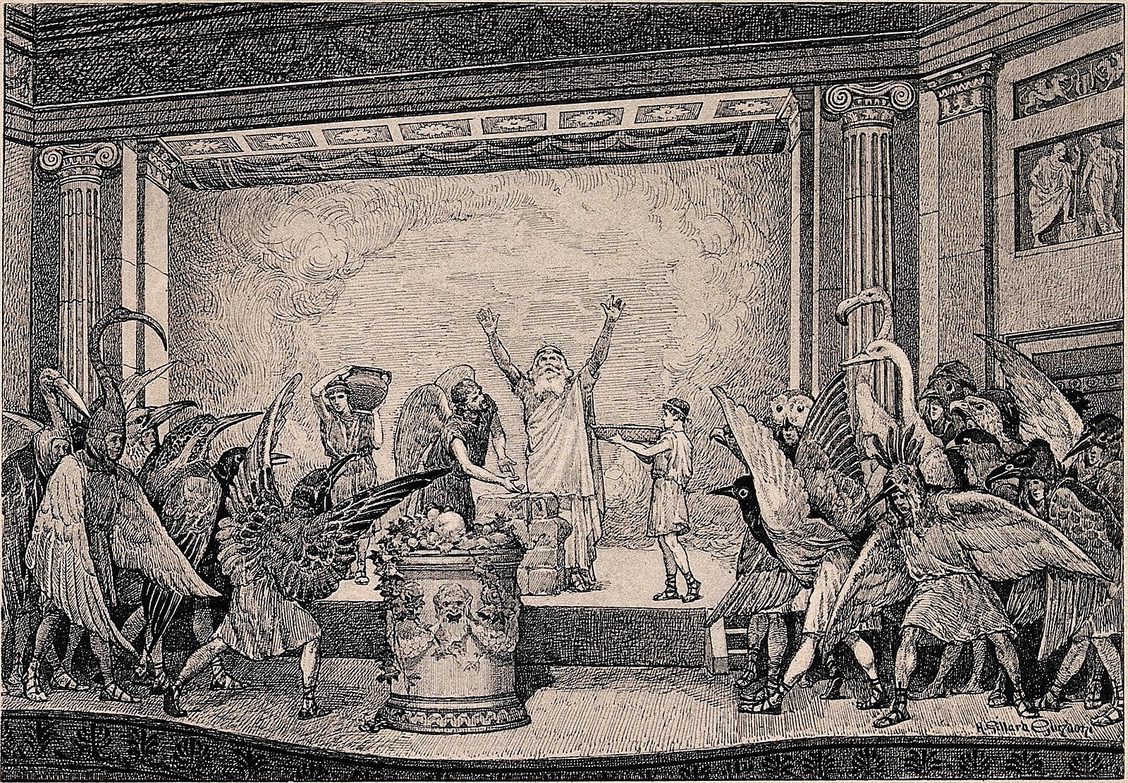
There is something supernatural about the way birds navigate – using signposts from the sky, the magnetic fields of the earth and mysterious seasonal rhythms. Their annual migrations and murmurations are a marvel.
No wonder then, that these celestial creatures were the subject chosen by Aristophanes almost 2500 years ago, for his magical play The Birds. In The Birds, two bird friends (Trustyfriend and Goodhope) decide to leave the corrupt grounds of Athens in order to build a beautiful city in the sky, halfway to the gods, called Cloud Cuckoo Land.
Just over a year ago, Anthony Doerr (author of All The Light We Cannot See) released a book of the same name. A book-lover’s book, with one ancient story wrapped in five others like a delightful pass-the-parcel of wisdom. In Cloud Cuckoo Land, a story is rediscovered, over and over through history – travelling from its home in Ancient Greece to 15th-century Constantinople, then on to the Vietnam war, to present-day Idaho, and stretching years into a future intergenerational space mission. It is an expansive home-coming story that touches on the wisdom of literature, and its unique ability to comfort, inspire and enrapture the human mind.
The theme of coming home – returning to something unexpected and cherished – gives the book an expansive feeling that is tangible and human. It is a hero’s story for the modern age. A family saga of a different kind, where instead of blood, a fascination with recovering a single story pulls the generations together.
“But books, like people, die. They die in fires or floods or in the mouths of worms or at the whims of tyrants. If they are not safeguarded, they go out of the world. And when a book goes out of the world, the memory dies a second death.”
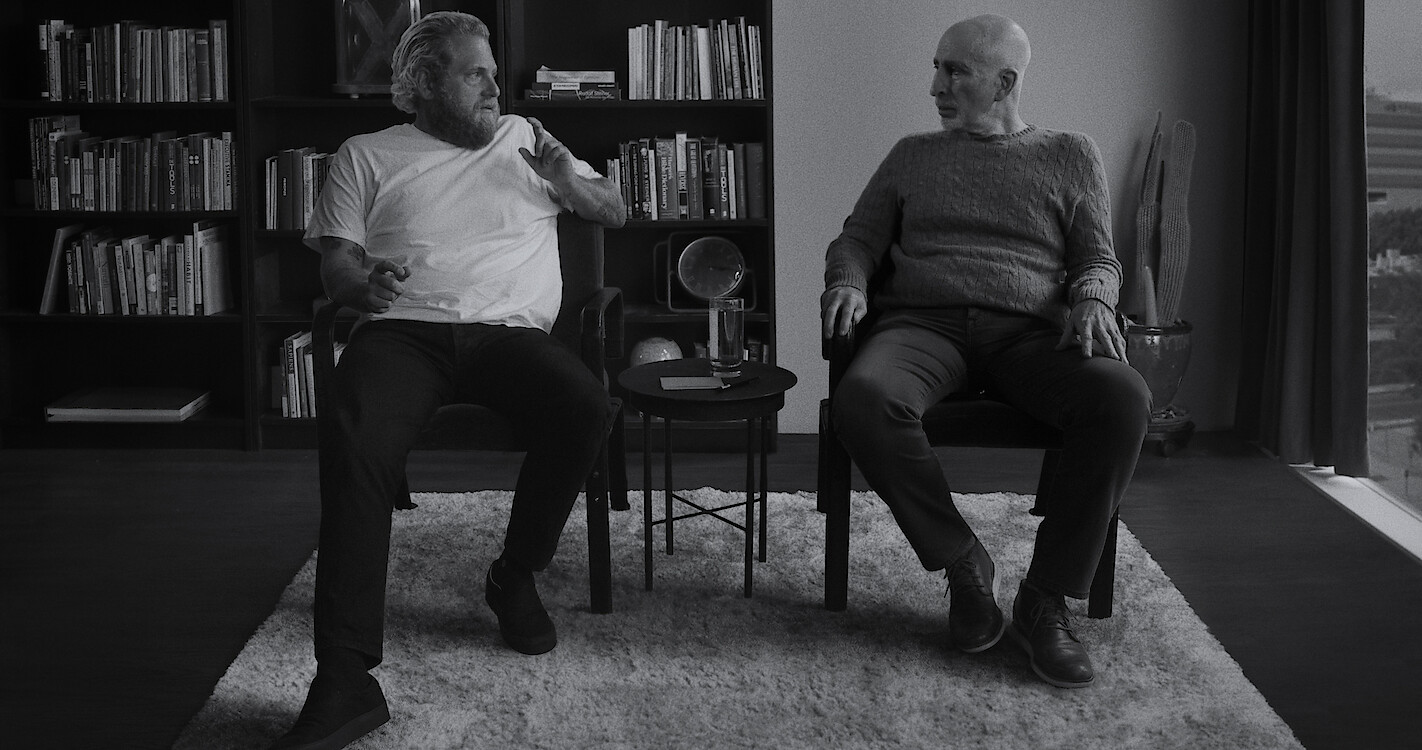
When I am confronted with the next in a seemingly endless stream of celebrity gurus, my instinct is to shrivel away, put my hands over my ears and wait for the storm of product-selling to pass. But occasionally, a self-help guru (the sort that would cringe at being labelled “guru”) comes along and shares the most spectacularly actionable, practical advice for normal human beings.
My first experience with this was listening to Ekhart Tolle explain to a caller on the Oprah podcast how to use mindfulness to avoid “drama” with her sister over Thanksgiving. They read his book “A New Earth” chapter by chapter on the podcast and then put the teachings into practice in the phone-ins. No gimmicks, no platitudes, no bullshit. Easy as that. Life changed. Available to everyone.
In September this year, we were lucky enough to get Stutz, a documentary directed by Jonah Hill, released on Netflix. Phil Stutz is a celebrity psychologist – the sort that has reviews from Drew Barrymore and Gwyneth Paltrow on his website – but he’s not like a celebrity psychologist. His New York drawl is disarming, his manner colloquial, bordering on unprofessional at times. And his advice – packaged into visually-aided analogies called “The Tools”– is brilliant. “The Tools” are classic psychological methods that anyone can use, any time, to help them recognise and manage things like anxiety or self-sabotage.
Part-way through the documentary, which is set up to look like a therapy session in Stutz’s office, Hill admits he’s run into a rut – directorially and personally. What this results in – a complete dismantling of the facade of the documentary – inadvertently mimics the therapeutic process. The illusory construction comes down, the (often surprising) reality is revealed, and then the real work starts.
“We have three aspects of reality that no one gets to avoid: pain, uncertainty and constant work. Those things you’re gonna have to live with no matter what. […] What’s really going to make you happy is learning to love the process […] of dealing with those three things.”
The greatest form of human expression, Stutz says, is to create something new in the face of adversity. How to do that? Use the Tools to guide you through anything as and when it comes up. This work, accepting the human condition, accepting the shadowy aspects of yourself, making space for all of it – could be the most expansive, rewarding homecoming of all.
Stutz is on Netflix, or you can read more about The Tools in the book.
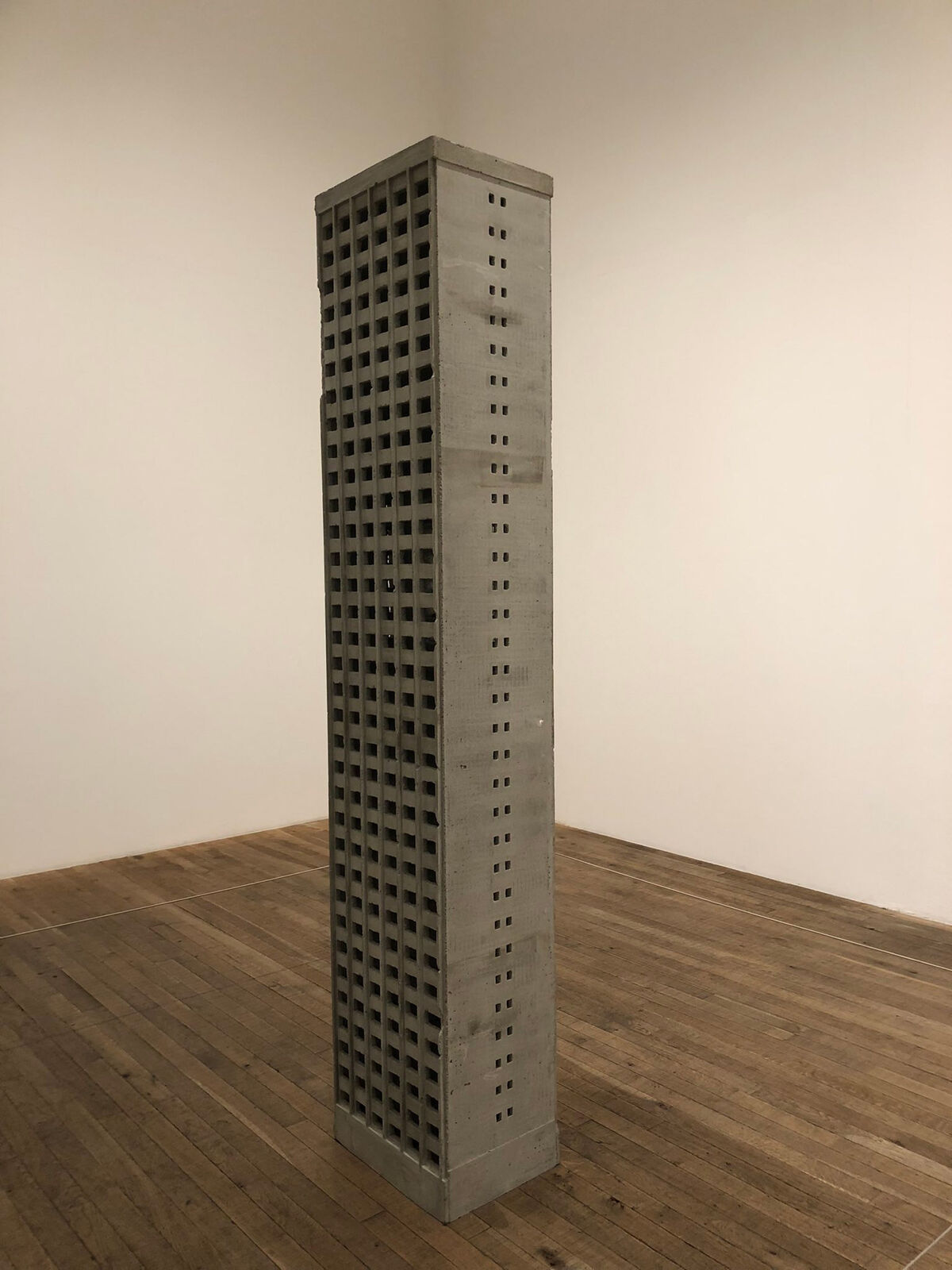
In the free collection at the Tate Modern, tucked around a corner, sentinel in a little corridor of its own, stands Monument for the Living. The sculpture, by Marwan Rechmaoui, is a scale concrete model of the Burj El-Murr tower. The full-size Burj El-Murr began construction in Beirut in 1974, designed as an extravagant 34-storey office building, funded by members of the El-Murr family. In 1975, the Lebanese civil war drew a halt to construction, and the structure became a notorious post for snipers. Despite renovations after the war, the tower was never finished and remains a towering ruin, too tall and dense for engineers to demolish. With no official war memorials created, the Burj El-Murr has become a default monument to a conflict that has never truly been resolved.
“Buildings are often at the heart of refugees’ troubles. Cities and homes are reluctantly left behind while new shelter is desperately sought. Looking at this sculpture I am reminded of how cities such as Beirut, during its civil war, were left empty and hollow by refugees fleeing conflict. At the other end of this process, I have met many refugees settled into empty houses caused by deindustrialisation in places like Middlesbrough and Sheffield. Though this sculpture could symbolise the absence of life caused by war in once thriving communities, personally I am reminded of all the refugees I have met breathing new life into towns and cities here in the UK.”
– Marwan Rechmaoui
Monument for the Living is currently on view at the Tate Modern.
Norse Saga
Listen to Norse Saga on the Poetry Unbound podcast.
By Dan Vera
Let us praise the immigrant
who leaves the tropics
and arrives in Chicago
in the dead of winter.
Let us praise the immigrant
who has never worn coats
who must bundle up
against an unimaginable cold.
For they will write letters home
that speak of it like Norse sagas
with claims that if a frigid hell exists
the entrance is hidden somewhere in this city.
Let us praise the immigrant
who fears the depths of the subway
the disappearance of landmarks
to guide them through the labyrinth.
Let us praise the immigrant
who dreams of the pleasures of sunstroke
who wakes each morning to the alien sight
of their breath suspended in the cold city air.
Our deepest thanks for taking the time to be with us and read The Spring this year. It’s been a personal inventory of the things that we’ve found interesting or sparked ideas, and it’s a great honour that you have been here to enjoy those things too. One of the greatest joys in life is pointing to something out the window and there being someone there to whom you can say: look at that. Sometimes life can feel overwhelming and dark and difficult – that is the nature of things. Reminding ourselves that there is art, philosophy, conversations, poems and songs that understand all the corners of the human existence helps us feel more in touch, more resilient, more understanding. Being able to share it with you enriches that connection and in some way, makes it feel more real. So thank you.
Until next month…
May you be well, happy, whole, and free.
T & B
~~~~~~
Invite your friends to subscribe!
![]() Unlikely meeting points & unlikely collaborations 🌗
Unlikely meeting points & unlikely collaborations 🌗![]() Sit in the middle of things 🧘♀️🪻
Sit in the middle of things 🧘♀️🪻![]() 5 things I learned at a Buddhist monastery
5 things I learned at a Buddhist monastery![]() 6 good things to do
6 good things to do![]() Extraordinary ordinariness: space orbits and sleeping dogs
Extraordinary ordinariness: space orbits and sleeping dogs![]() The ebb and flow of things
The ebb and flow of things![]() A short breath in the bardo
A short breath in the bardo![]() A slender cord of grace
A slender cord of grace![]() Artists reflect on water
Artists reflect on water![]() A love letter to a loaded gun
A love letter to a loaded gun![]() Are you for real?
Are you for real?![]() What is a good life?
What is a good life?![]() Who decides what you think?
Who decides what you think?![]() When new year should be according to history...
When new year should be according to history...![]() Does Mozart really make you smarter?
Does Mozart really make you smarter?![]() Old stories to find light in dark times
Old stories to find light in dark times![]() The human need to put things together
The human need to put things together![]() The power of trends: the good, the bad and the pumpkin-spiced.
The power of trends: the good, the bad and the pumpkin-spiced.![]() From terrestrial to celestial – where do we find inspiration?
From terrestrial to celestial – where do we find inspiration?![]() The illusion of ownership
The illusion of ownership![]() Let’s go down the rabbit hole 🐇
Let’s go down the rabbit hole 🐇![]() Identity, the artist, and #goblinmode
Identity, the artist, and #goblinmode![]() Punk and her godmothers
Punk and her godmothers![]() The ultimate journey – homecoming, heroes and wholeness.
The ultimate journey – homecoming, heroes and wholeness.![]() It’s mushroom month...
It’s mushroom month...![]() Robots, AI and artistry, oh my!
Robots, AI and artistry, oh my!![]() Longevity, love and memory...
Longevity, love and memory...![]() Summer, Freud and a sonnet...
Summer, Freud and a sonnet...![]() When surreal makes sense – exploring with Dorothea Tanning, Olga Tokaczuk and more...
When surreal makes sense – exploring with Dorothea Tanning, Olga Tokaczuk and more...![]() Twists and turns with Mary Oliver, Alan Watts and Astrid Lindgren...
Twists and turns with Mary Oliver, Alan Watts and Astrid Lindgren...![]() First flowers of spring: the need for beauty and hope at all times
First flowers of spring: the need for beauty and hope at all times![]() Defining reality, playing with illusion with Robert Frost, Hilma Af Kilnt and more...
Defining reality, playing with illusion with Robert Frost, Hilma Af Kilnt and more...![]() Celebrating the cycles of light and dark with Joan Didion, Danez Smith and more...
Celebrating the cycles of light and dark with Joan Didion, Danez Smith and more...
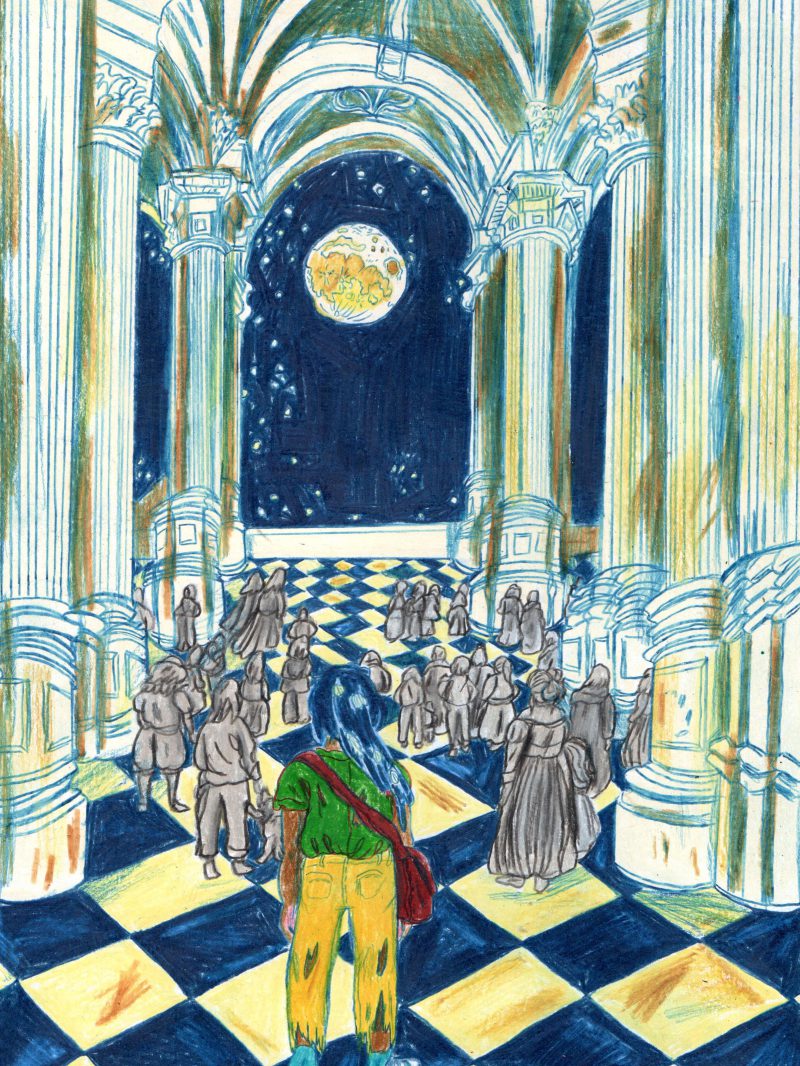 Unlikely meeting points & unlikely collaborations 🌗
Unlikely meeting points & unlikely collaborations 🌗 Sit in the middle of things 🧘♀️🪻
Sit in the middle of things 🧘♀️🪻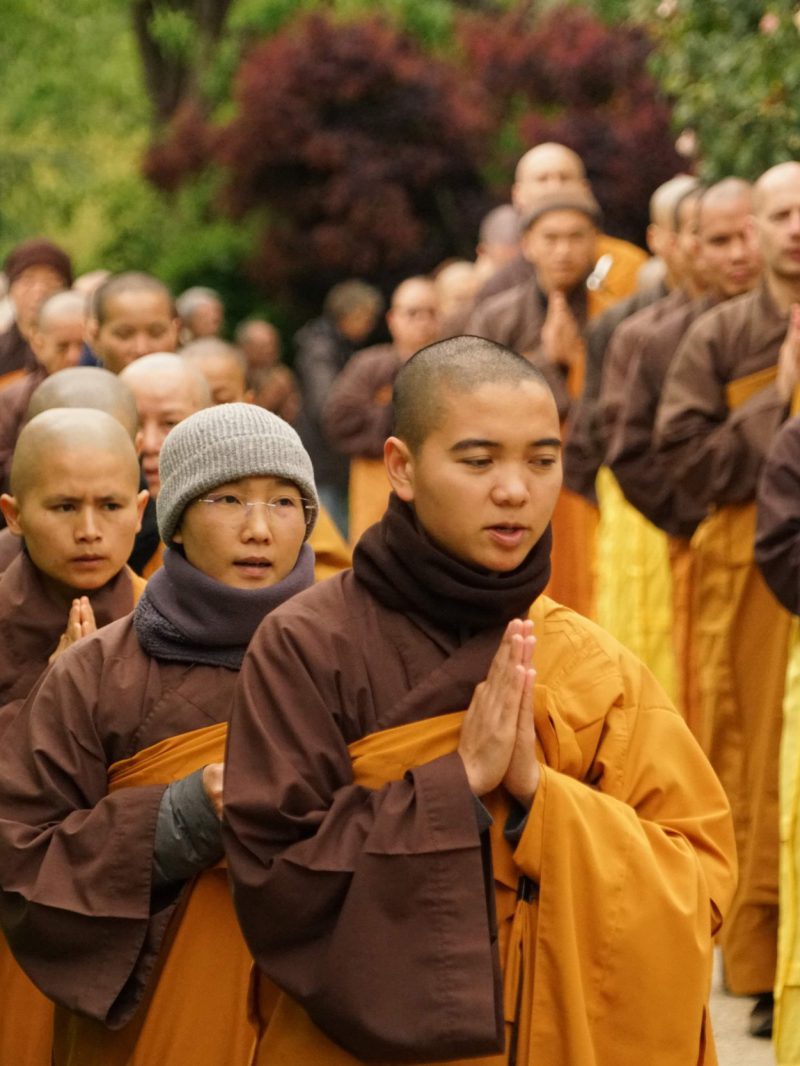 5 things I learned at a Buddhist monastery
5 things I learned at a Buddhist monastery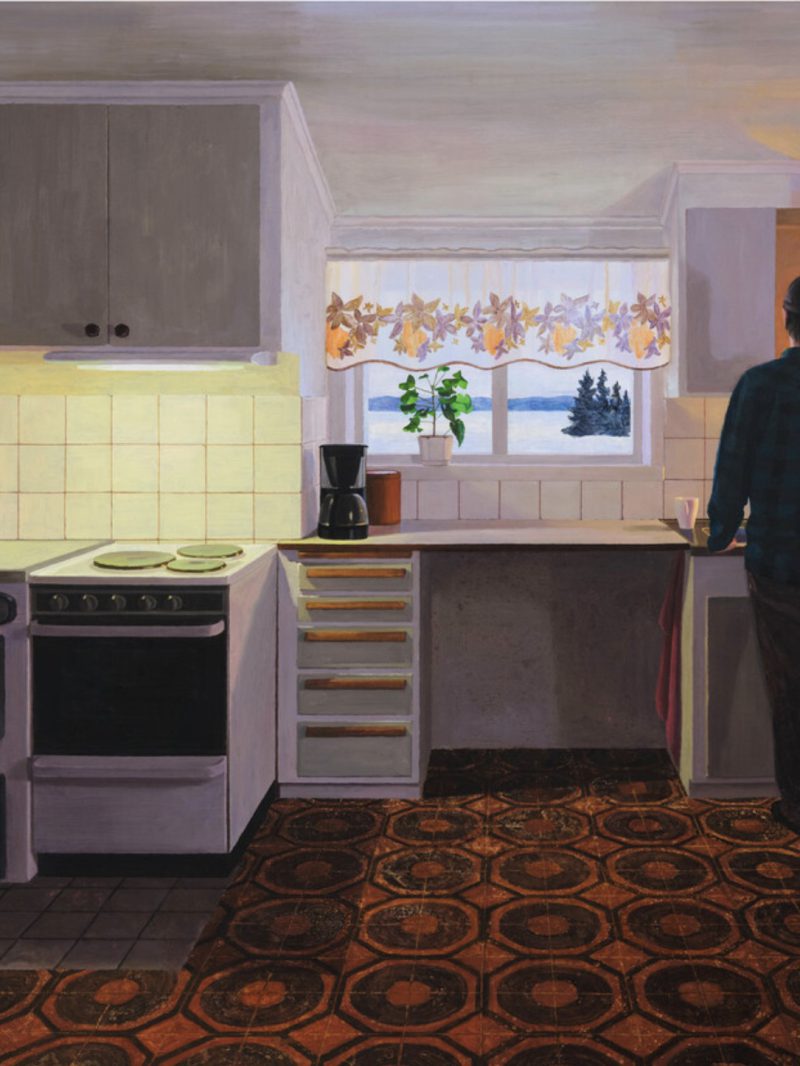 6 good things to do
6 good things to do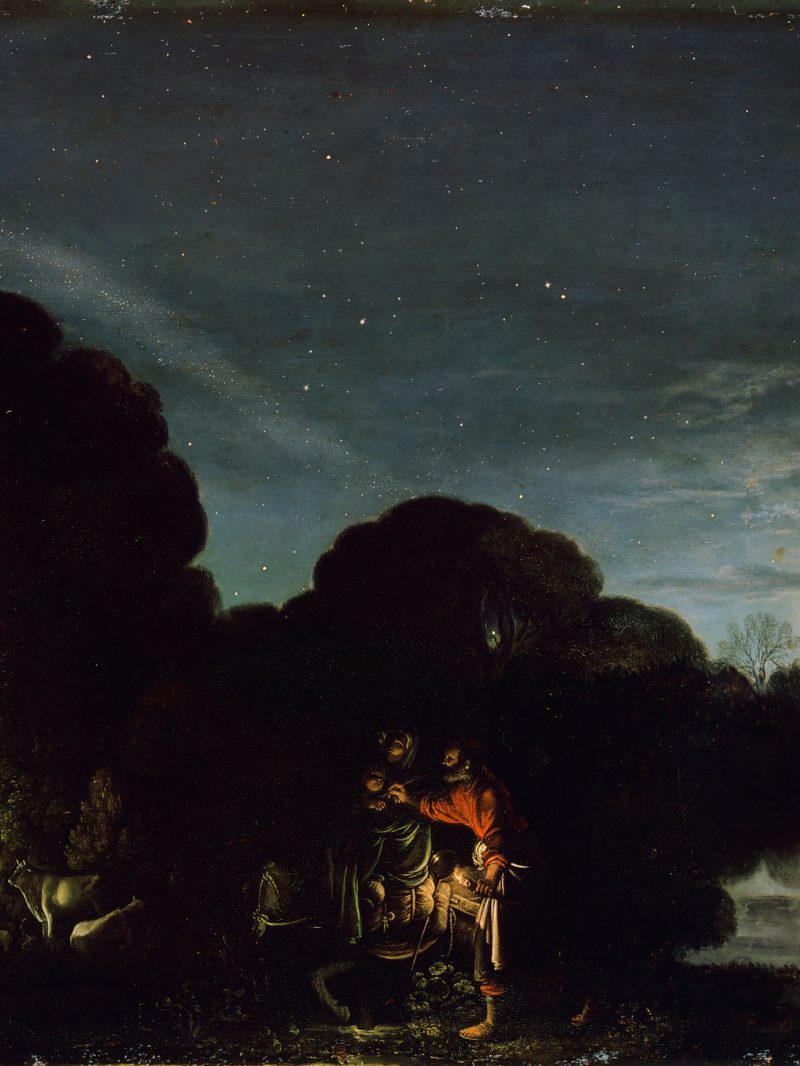 Extraordinary ordinariness: space orbits and sleeping dogs
Extraordinary ordinariness: space orbits and sleeping dogs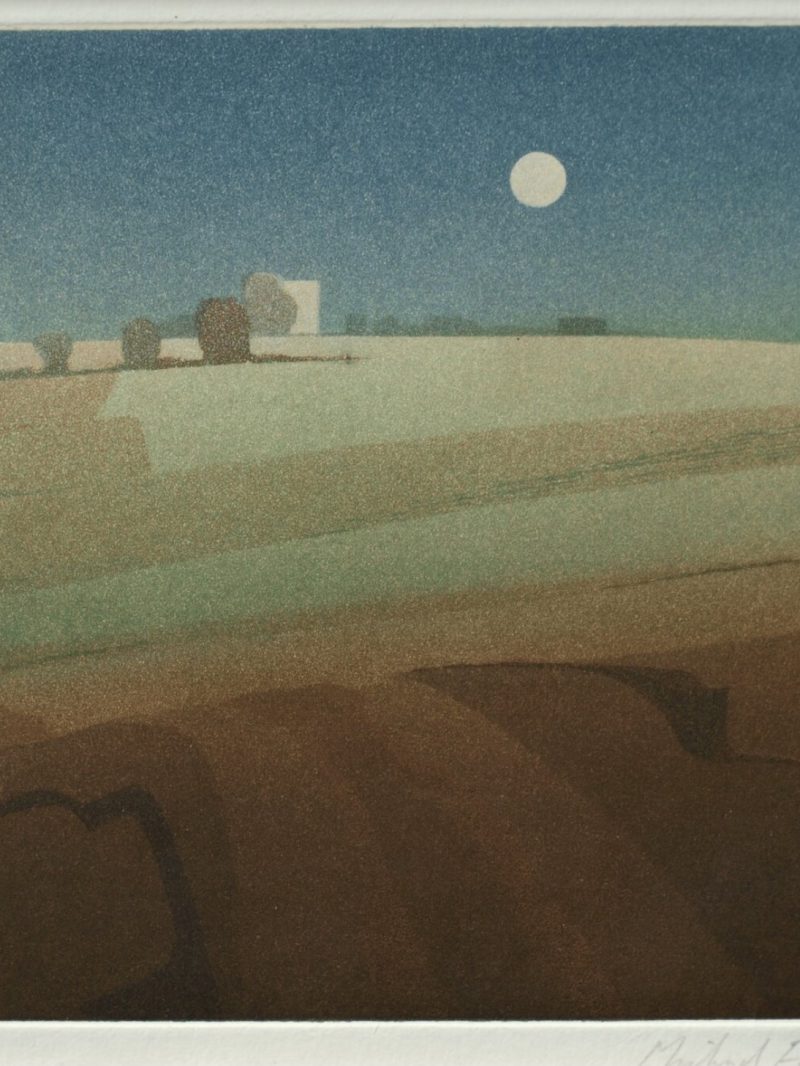 The ebb and flow of things
The ebb and flow of things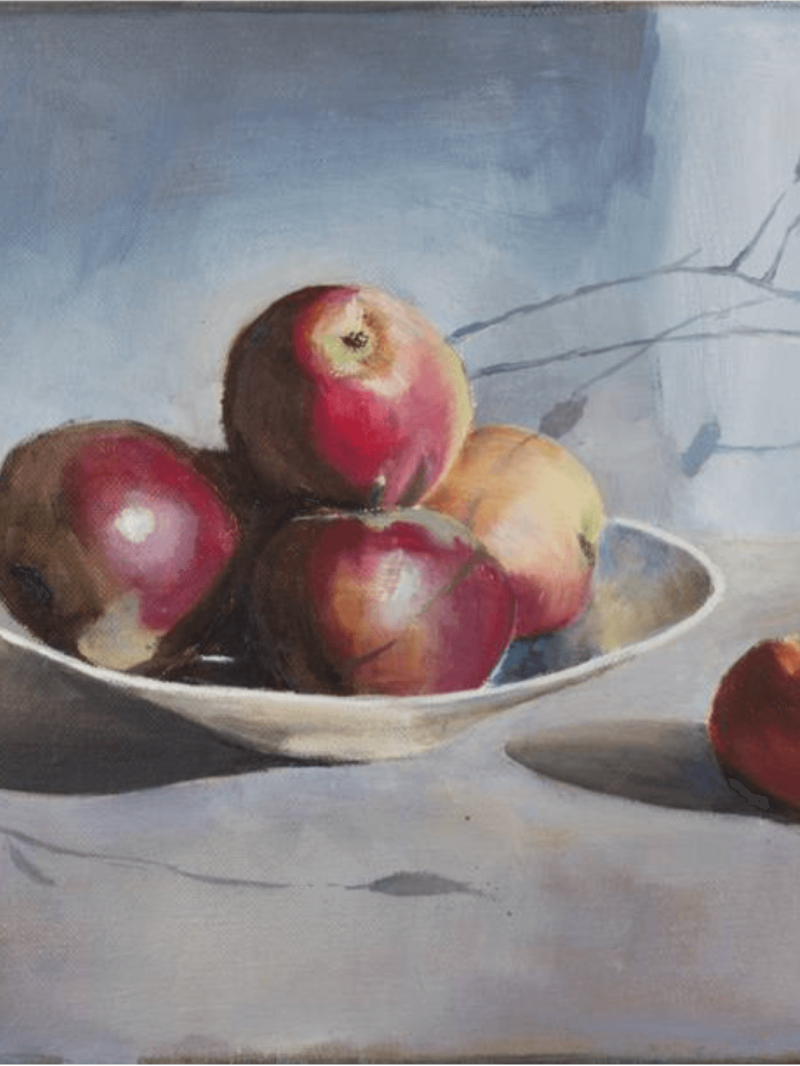 A short breath in the bardo
A short breath in the bardo A slender cord of grace
A slender cord of grace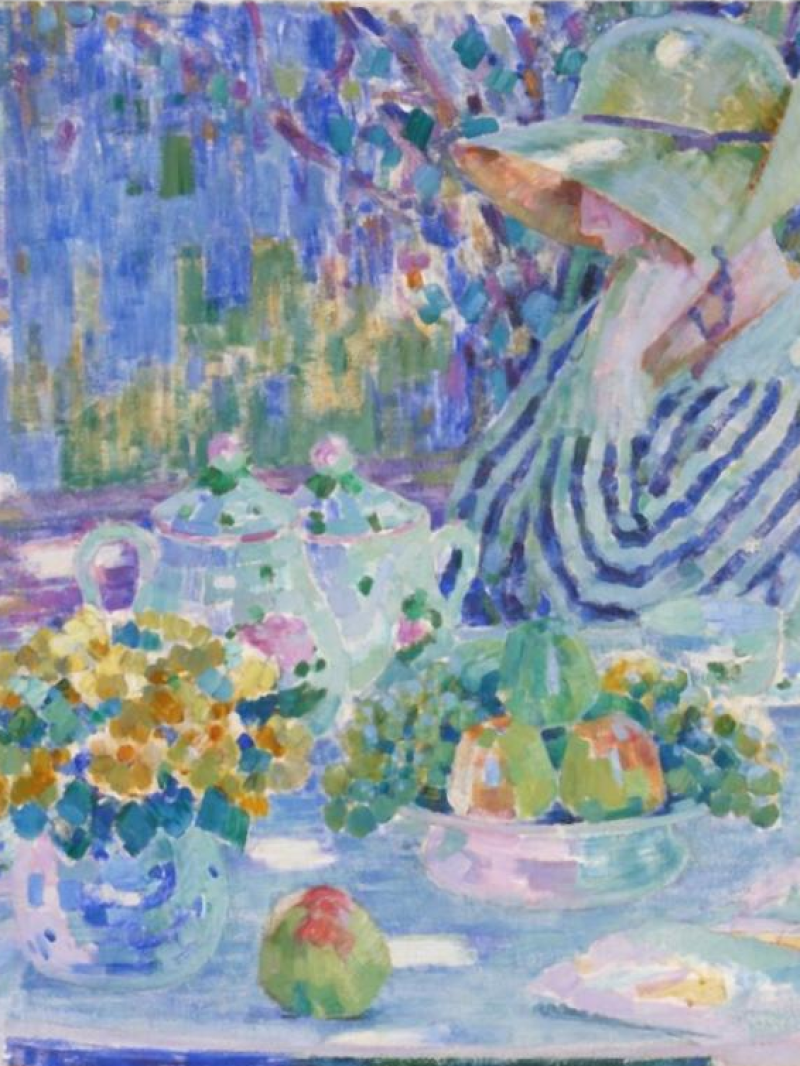 Artists reflect on water
Artists reflect on water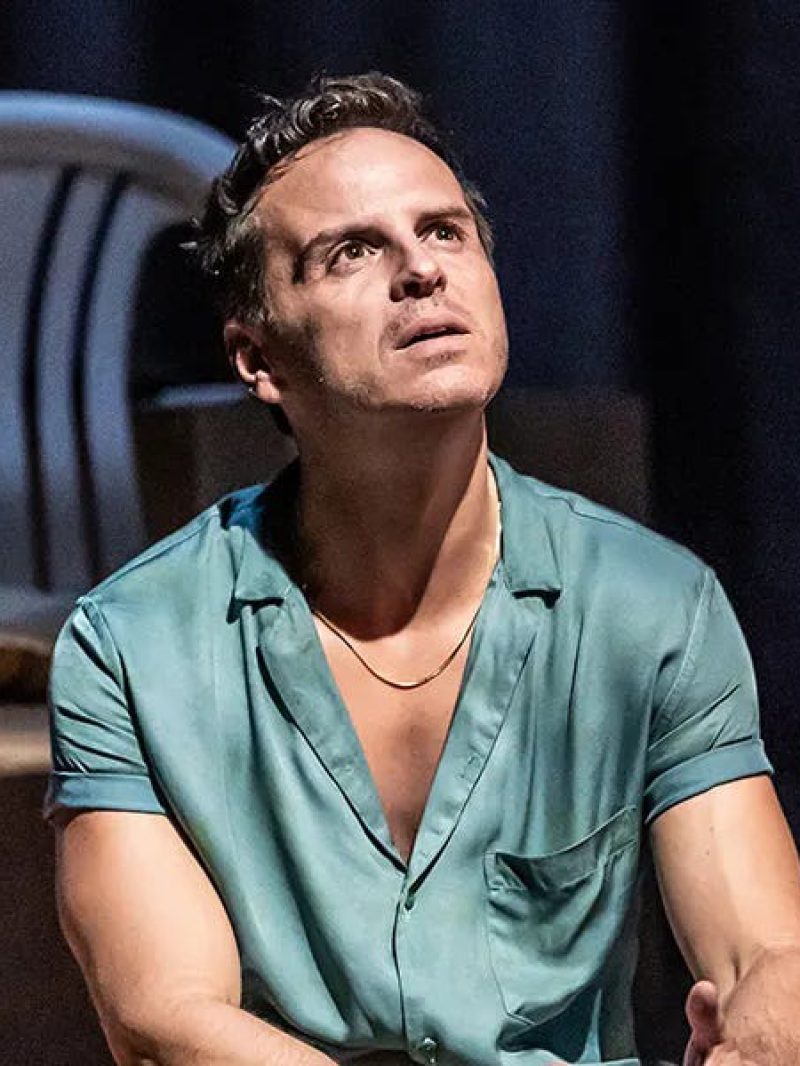 A love letter to a loaded gun
A love letter to a loaded gun Are you for real?
Are you for real?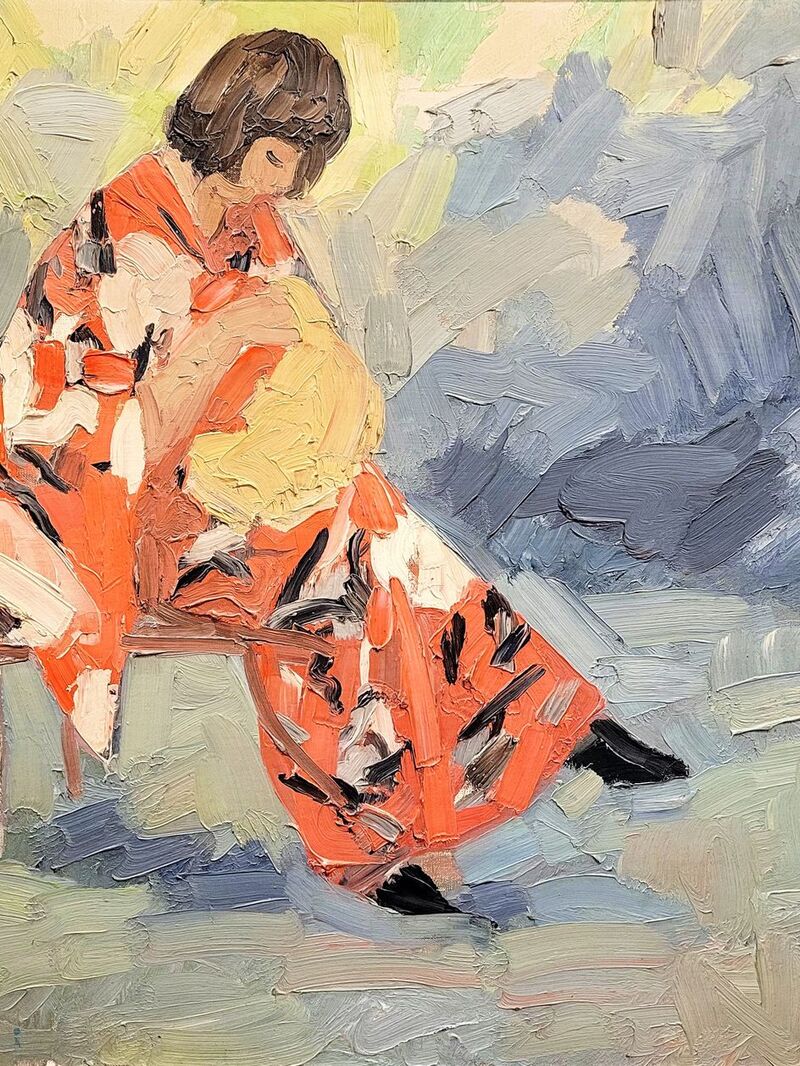 What is a good life?
What is a good life?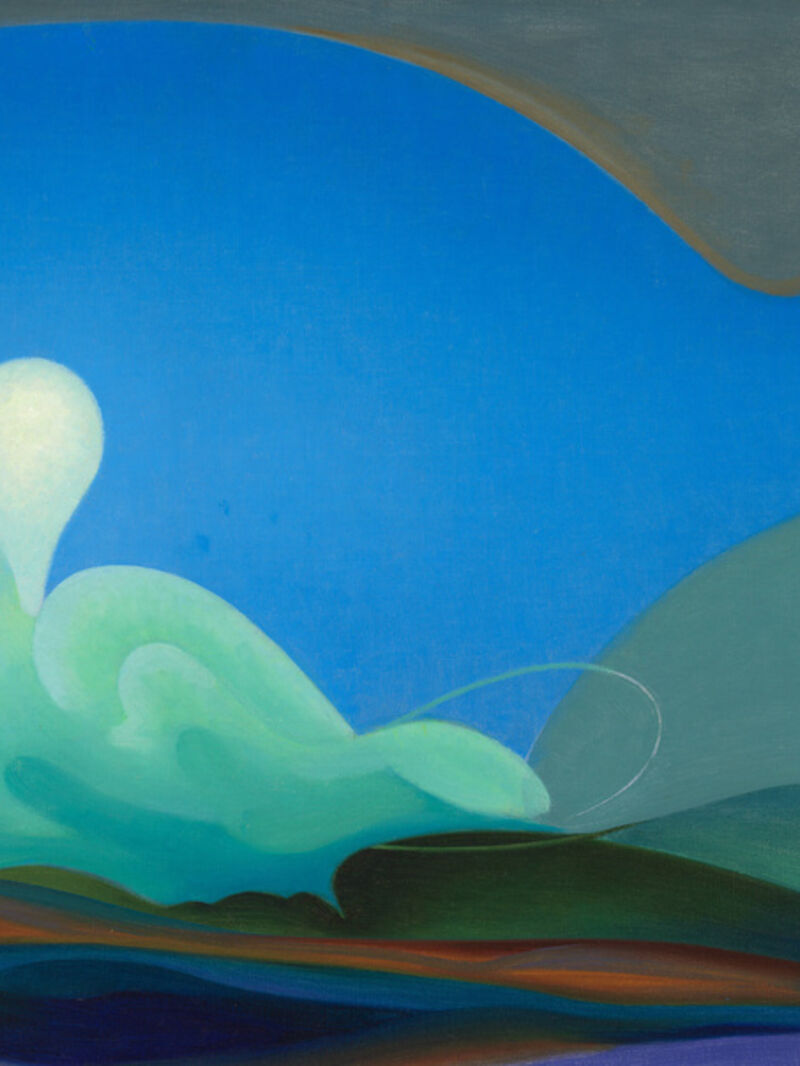 Who decides what you think?
Who decides what you think?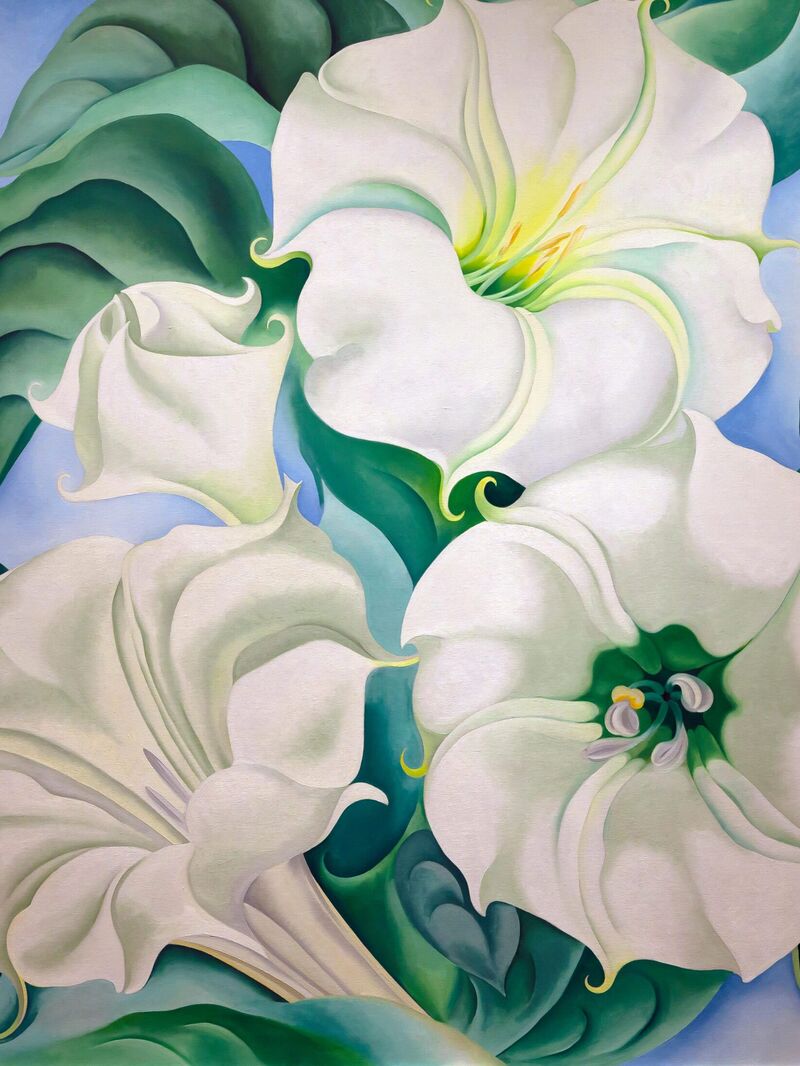 When new year should be according to history...
When new year should be according to history...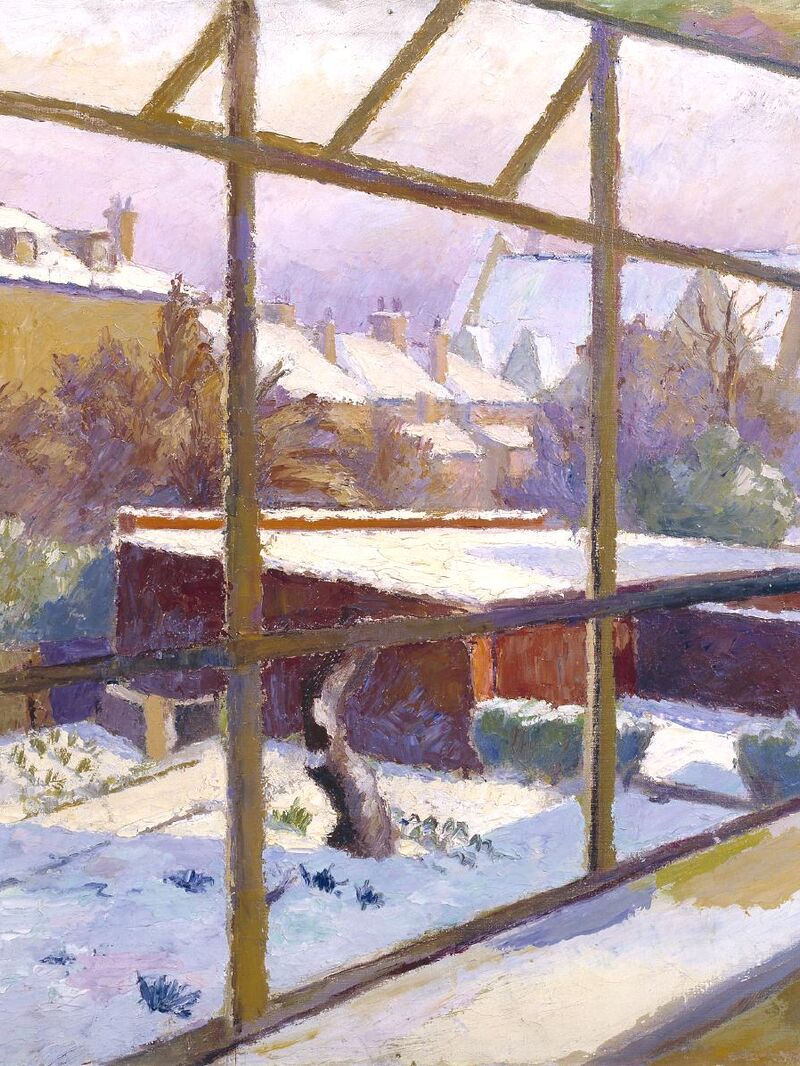 Does Mozart really make you smarter?
Does Mozart really make you smarter?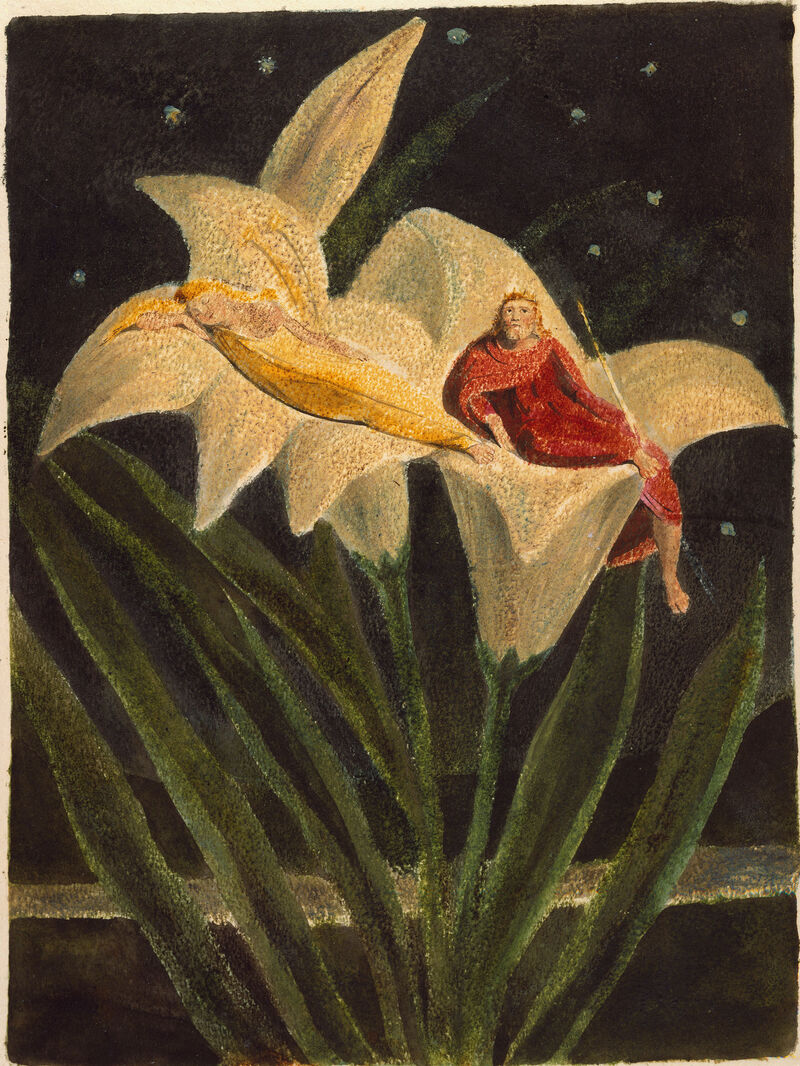 Old stories to find light in dark times
Old stories to find light in dark times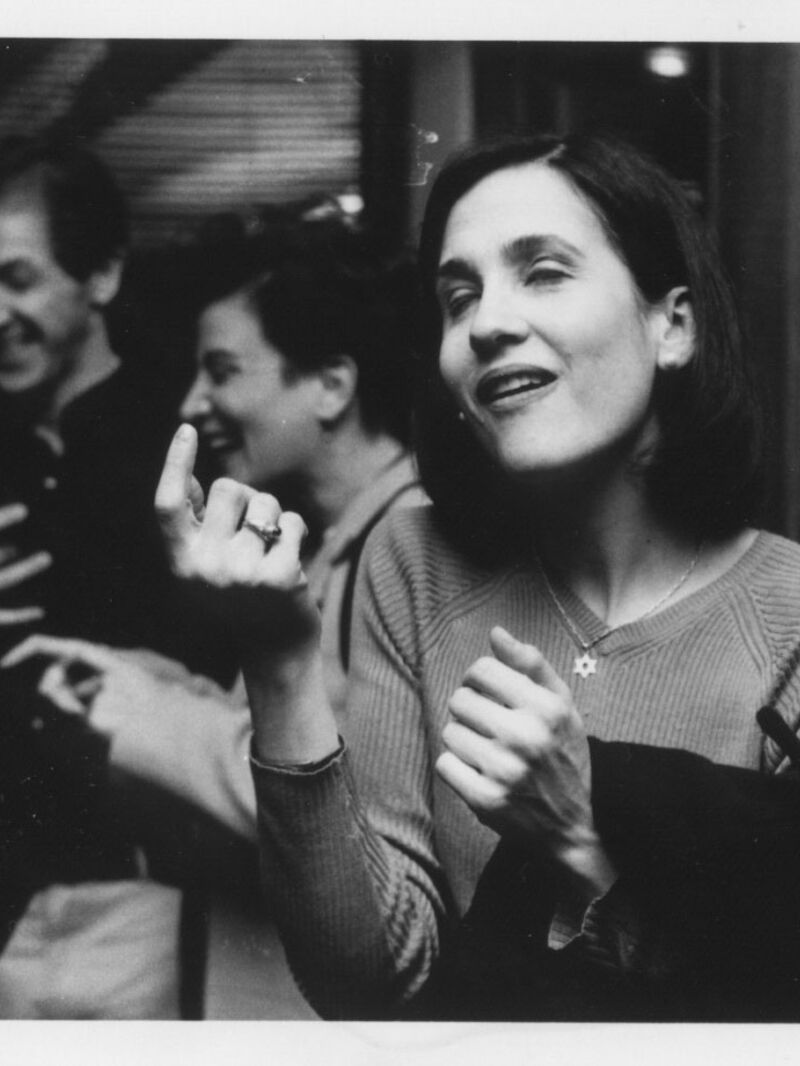 The human need to put things together
The human need to put things together The power of trends: the good, the bad and the pumpkin-spiced.
The power of trends: the good, the bad and the pumpkin-spiced.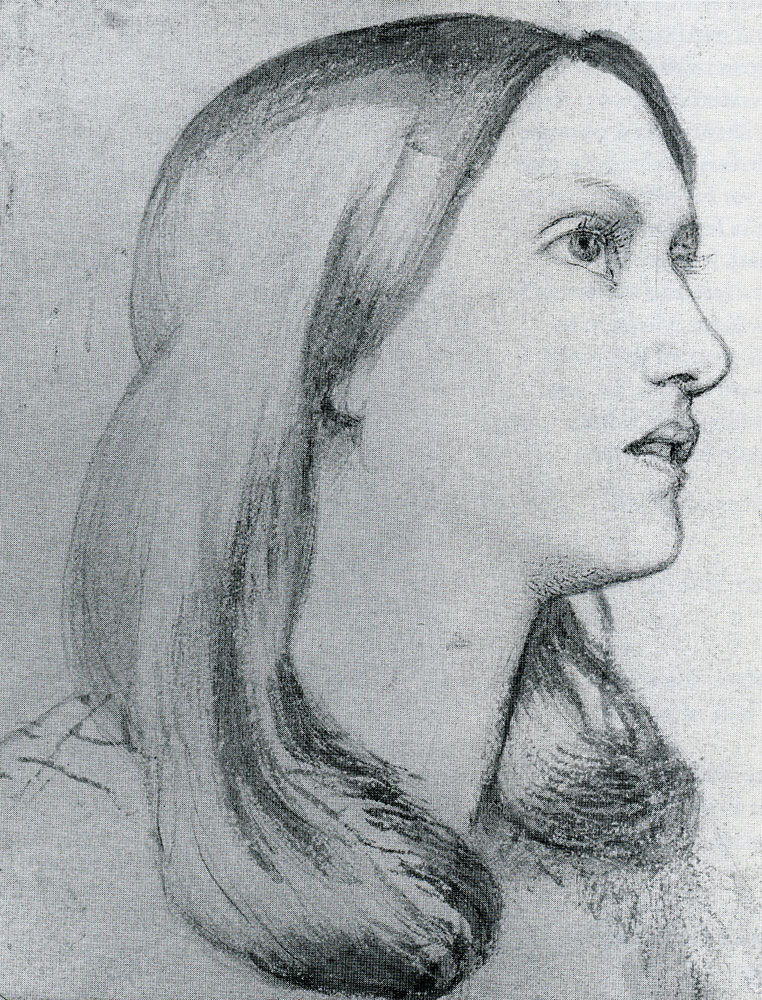 From terrestrial to celestial – where do we find inspiration?
From terrestrial to celestial – where do we find inspiration?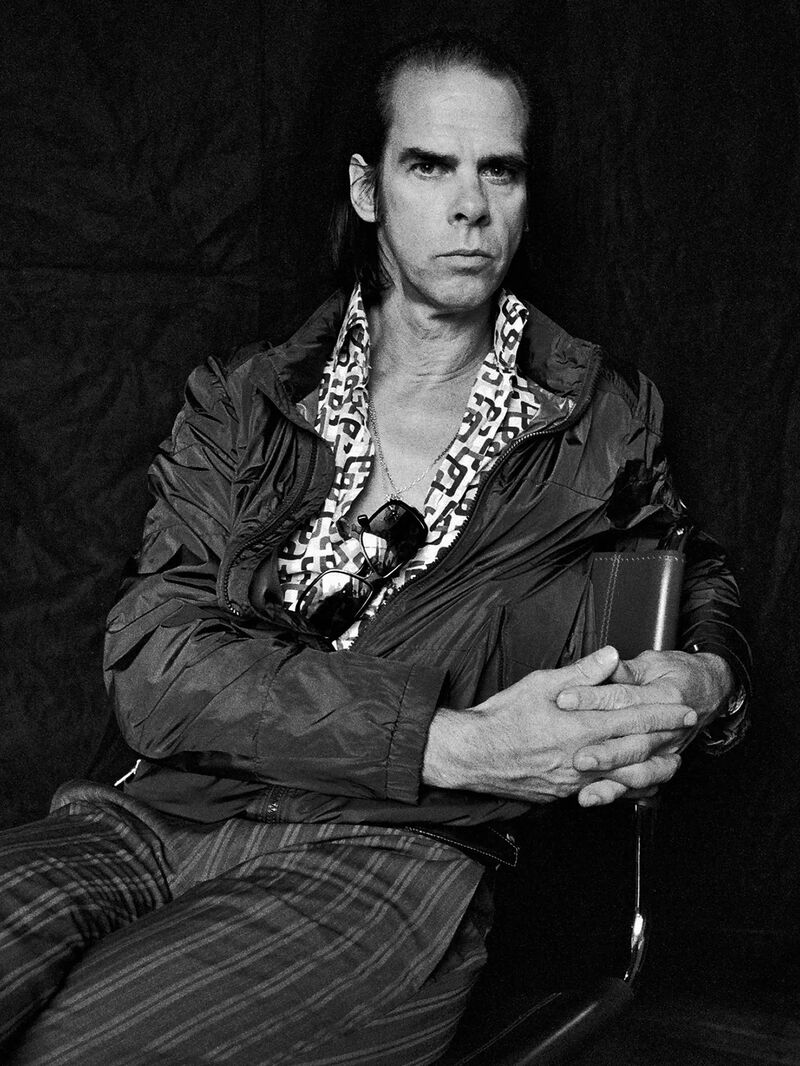 The illusion of ownership
The illusion of ownership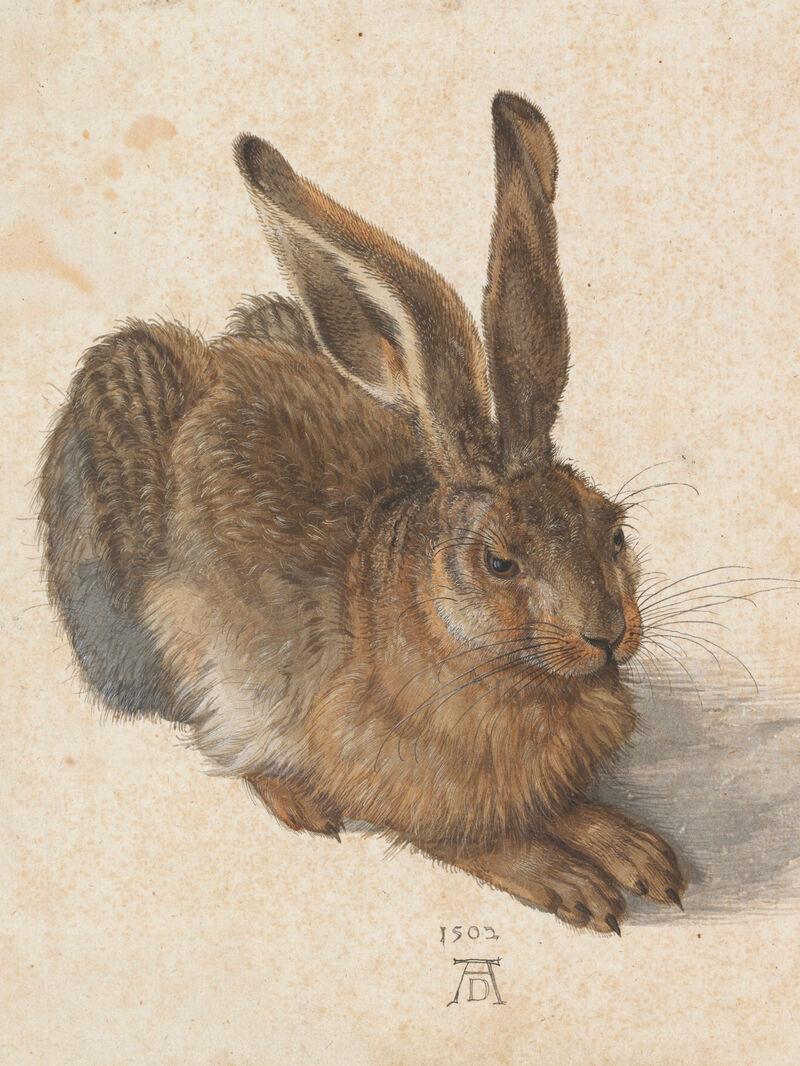 Let’s go down the rabbit hole 🐇
Let’s go down the rabbit hole 🐇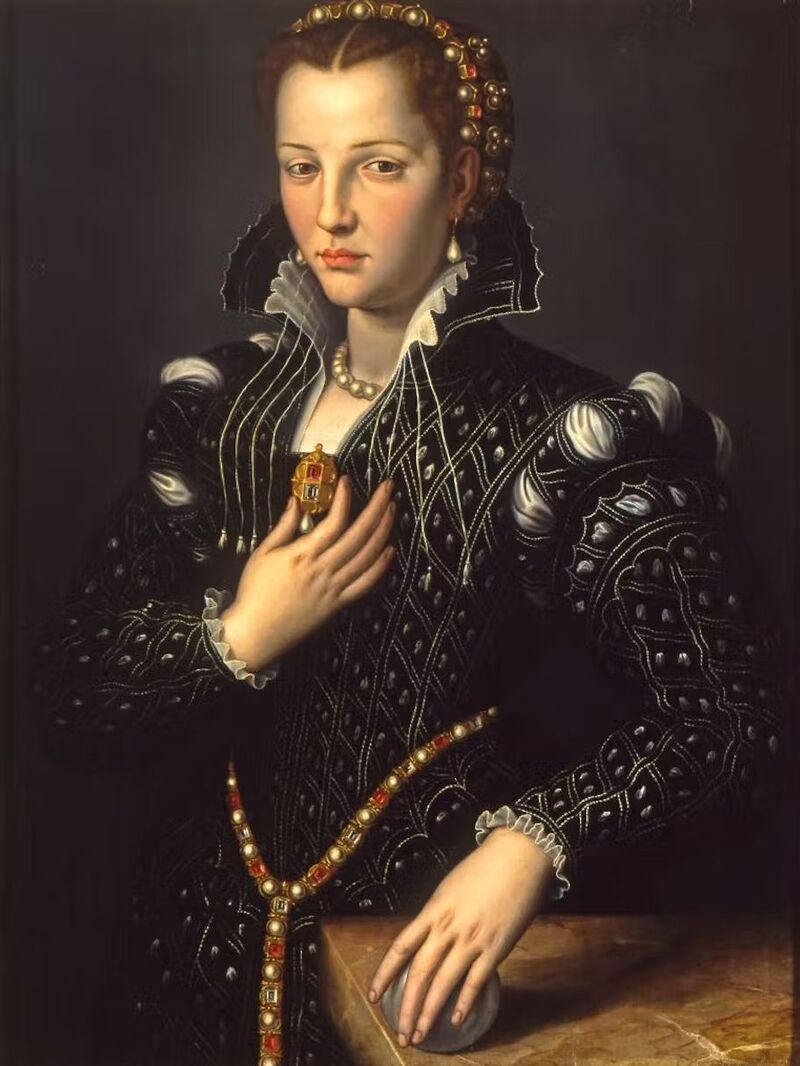 Identity, the artist, and #goblinmode
Identity, the artist, and #goblinmode Punk and her godmothers
Punk and her godmothers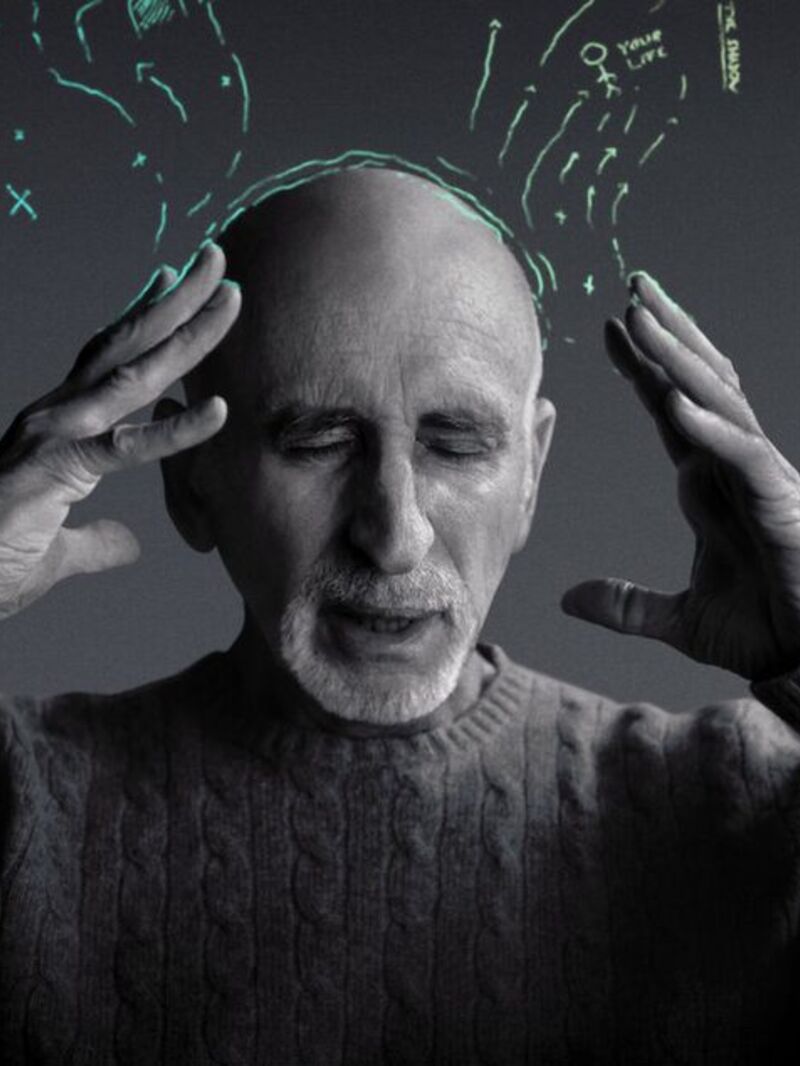 The ultimate journey – homecoming, heroes and wholeness.
The ultimate journey – homecoming, heroes and wholeness. It’s mushroom month...
It’s mushroom month...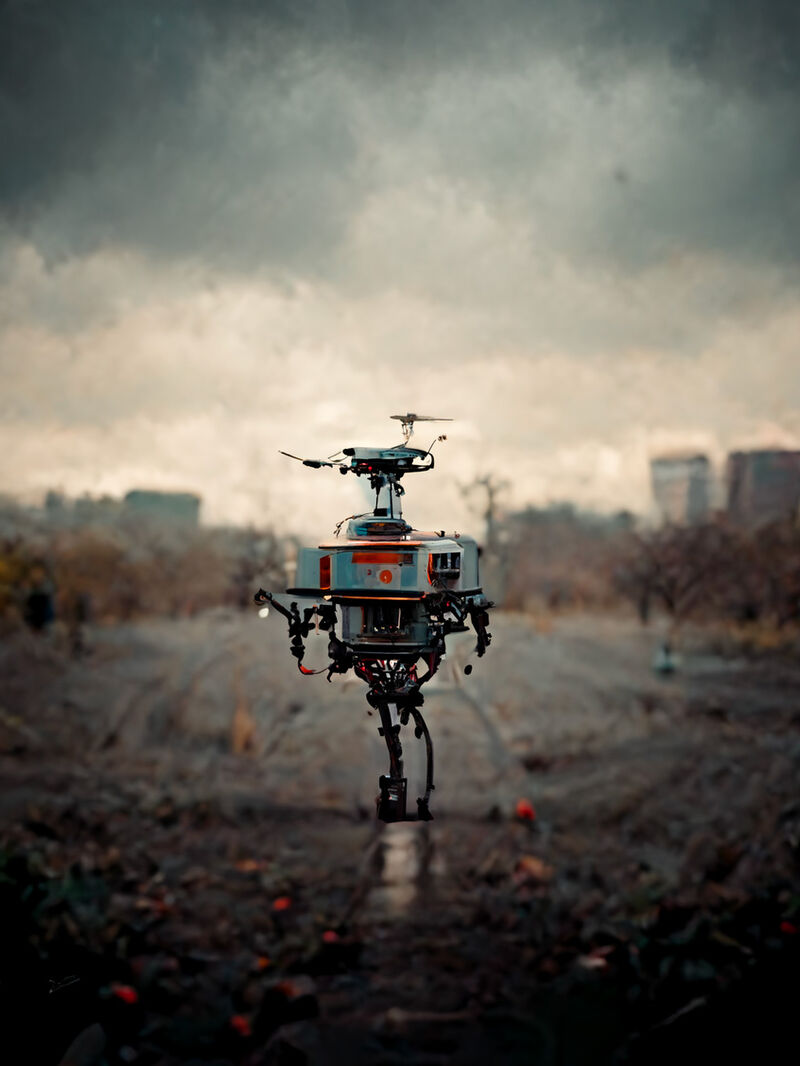 Robots, AI and artistry, oh my!
Robots, AI and artistry, oh my!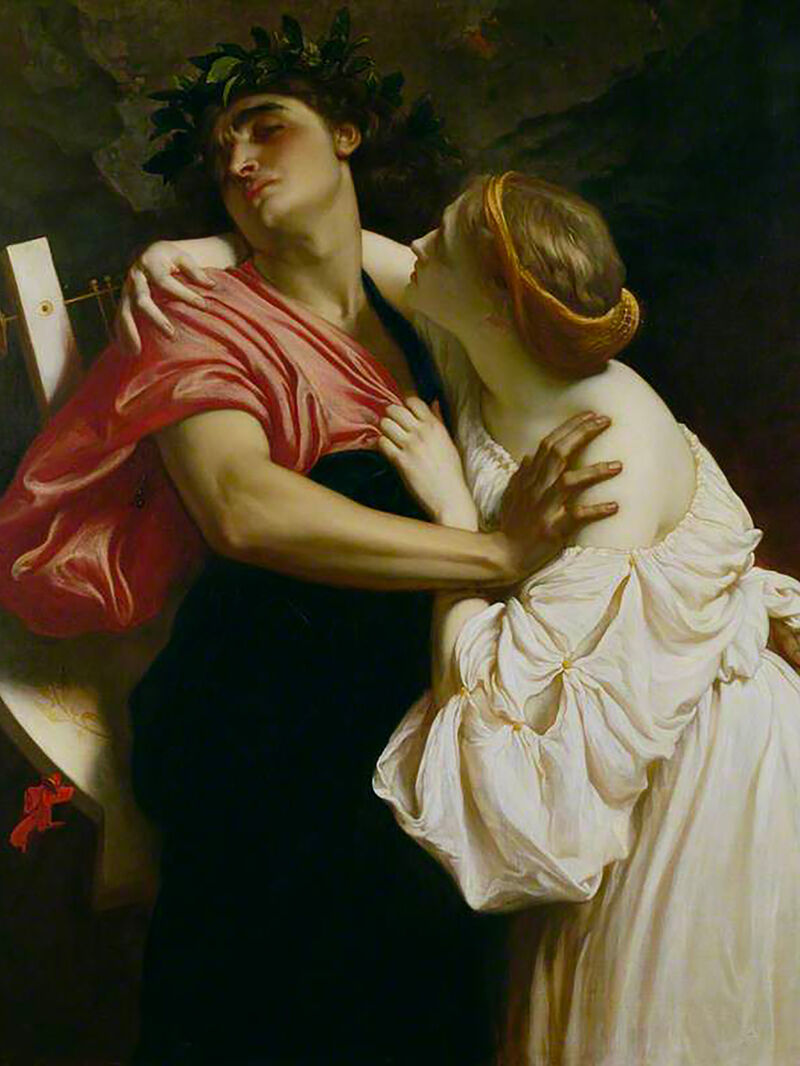 Longevity, love and memory...
Longevity, love and memory...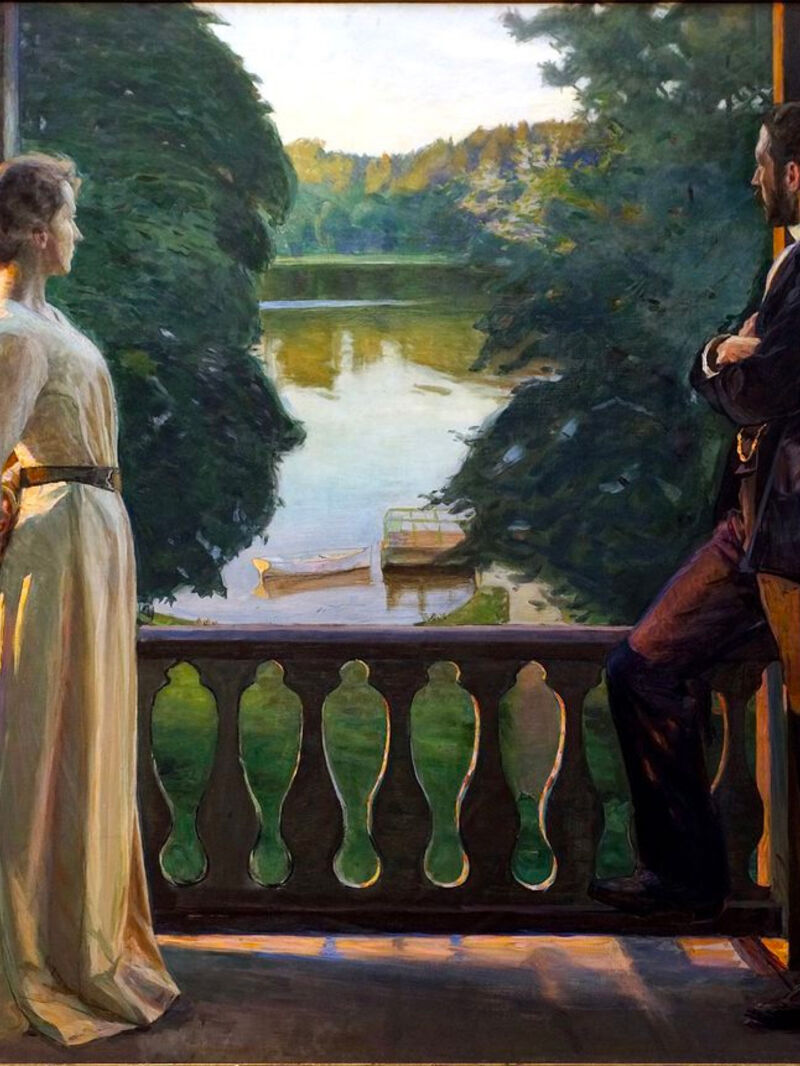 Summer, Freud and a sonnet...
Summer, Freud and a sonnet...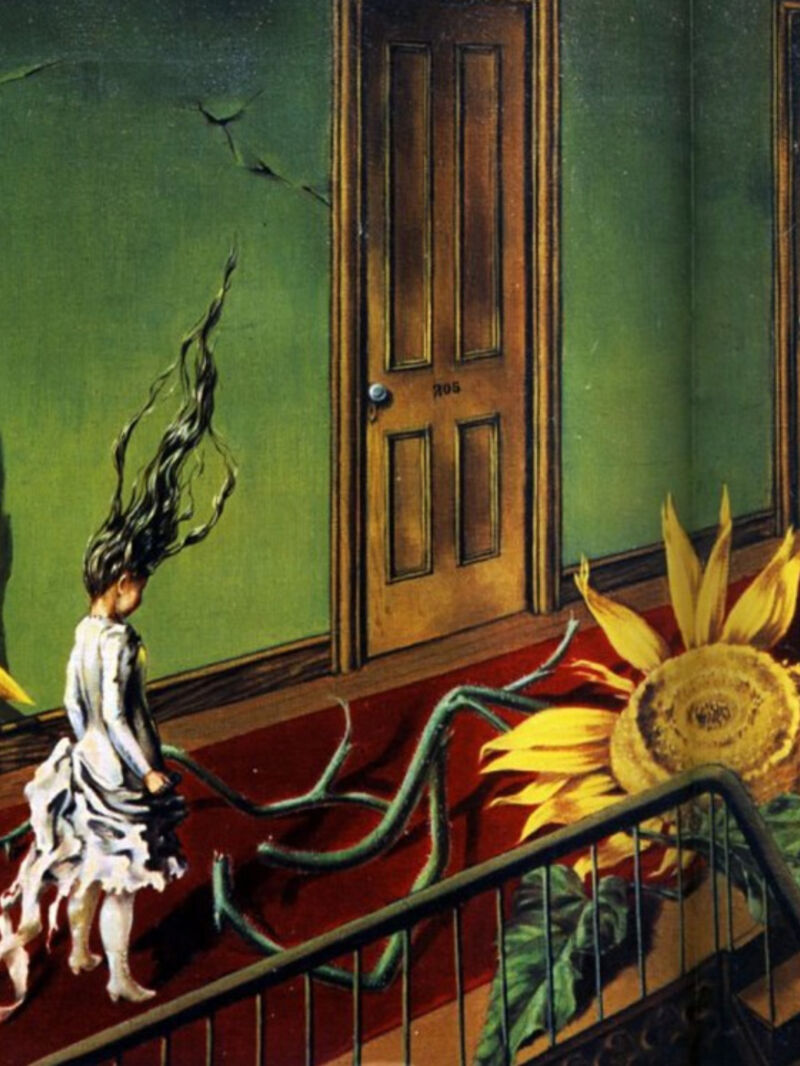 When surreal makes sense – exploring with Dorothea Tanning, Olga Tokaczuk and more...
When surreal makes sense – exploring with Dorothea Tanning, Olga Tokaczuk and more...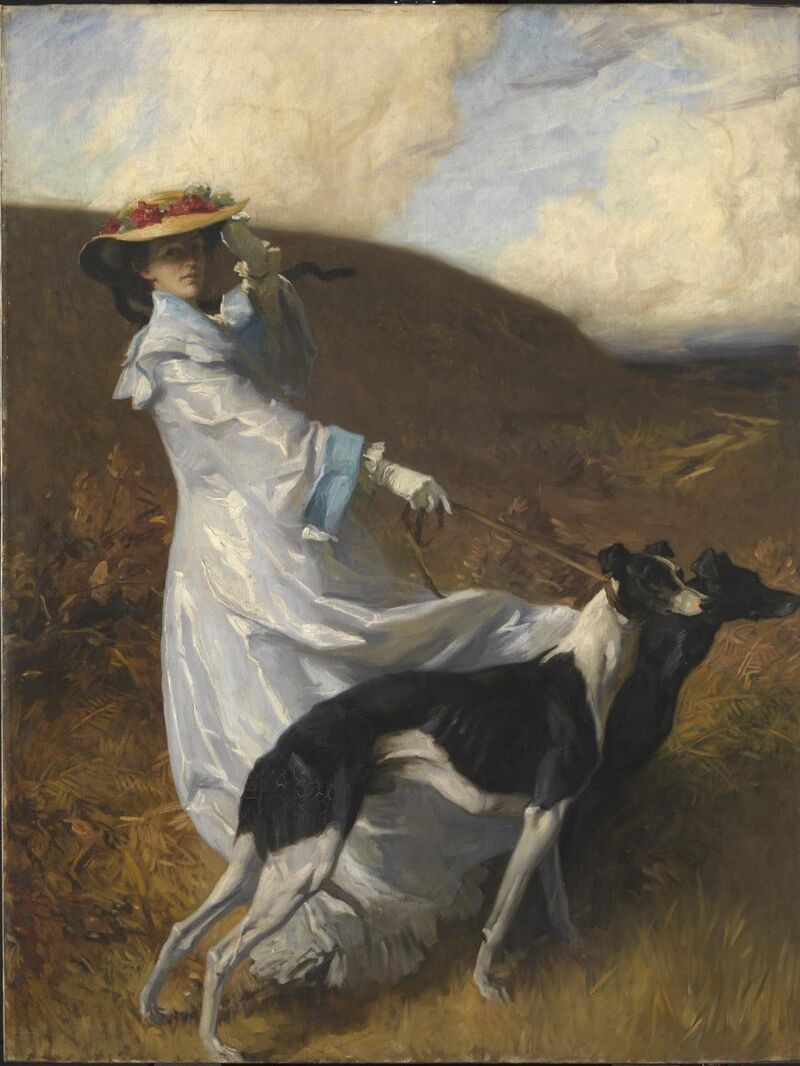 Twists and turns with Mary Oliver, Alan Watts and Astrid Lindgren...
Twists and turns with Mary Oliver, Alan Watts and Astrid Lindgren...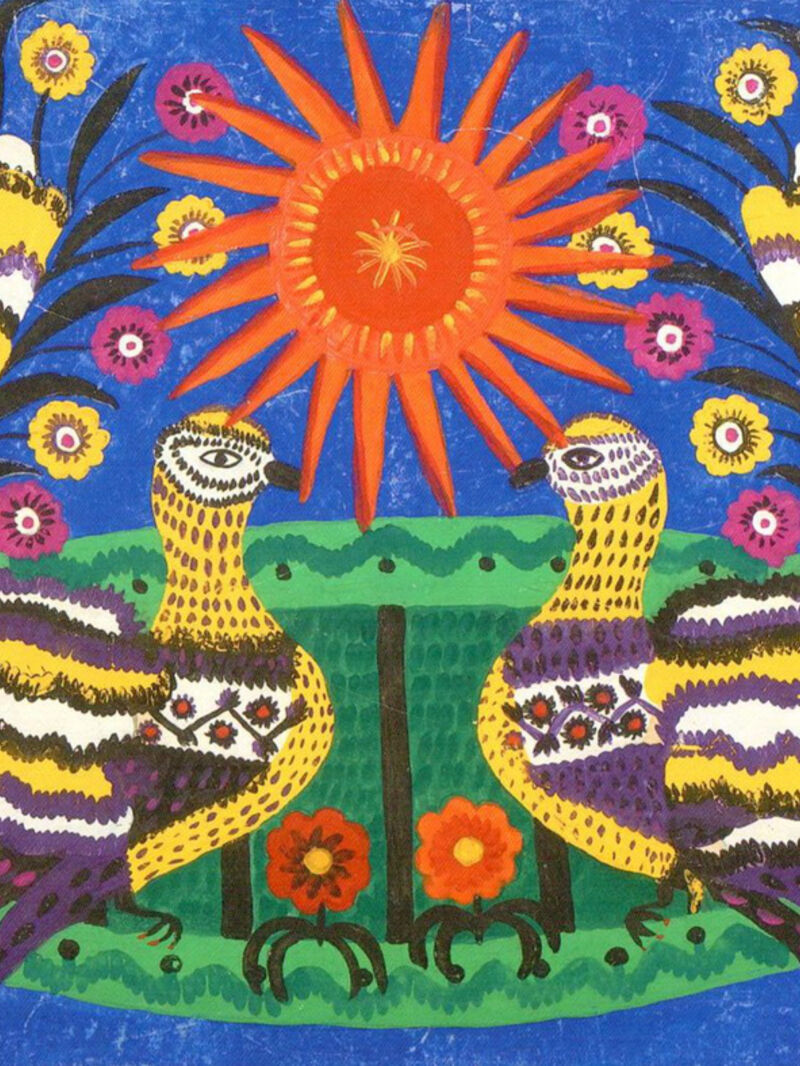 First flowers of spring: the need for beauty and hope at all times
First flowers of spring: the need for beauty and hope at all times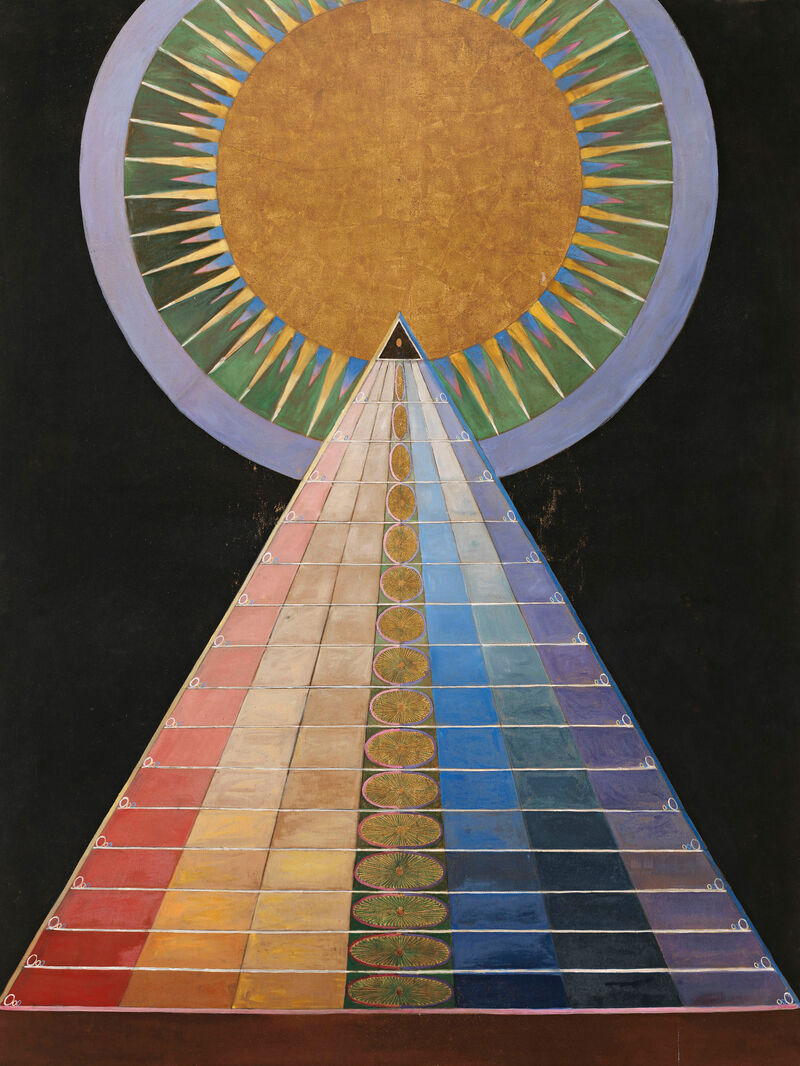 Defining reality, playing with illusion with Robert Frost, Hilma Af Kilnt and more...
Defining reality, playing with illusion with Robert Frost, Hilma Af Kilnt and more...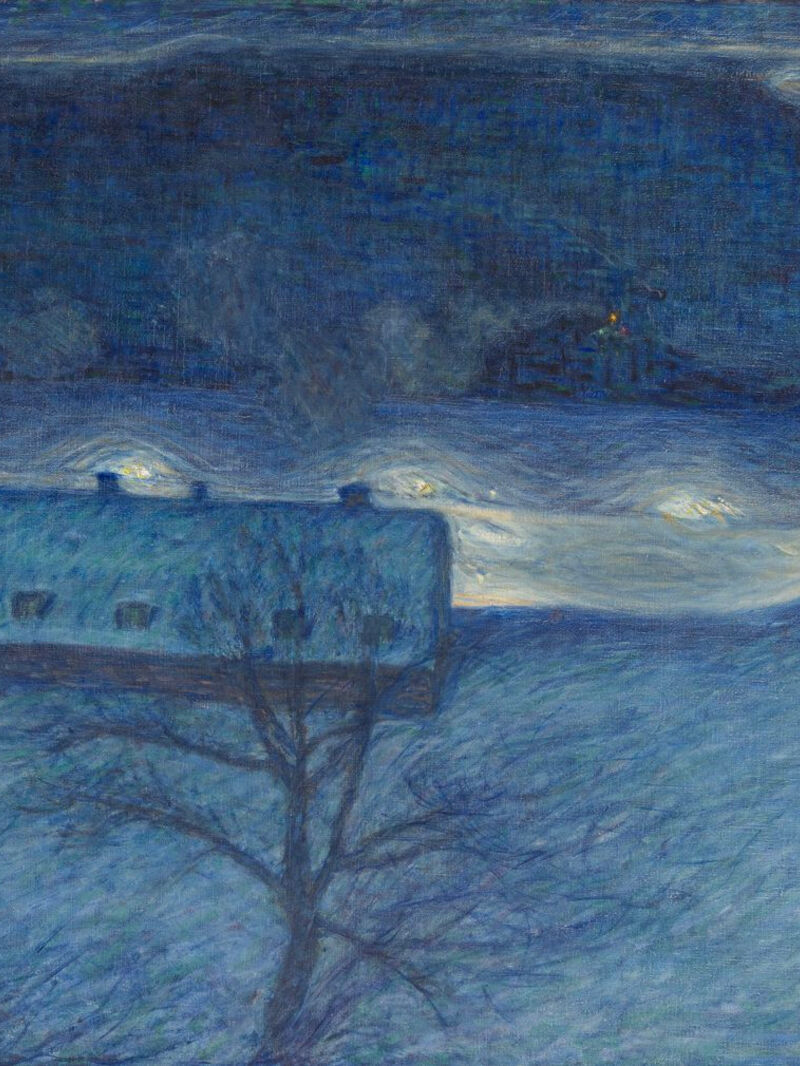 Celebrating the cycles of light and dark with Joan Didion, Danez Smith and more...
Celebrating the cycles of light and dark with Joan Didion, Danez Smith and more...